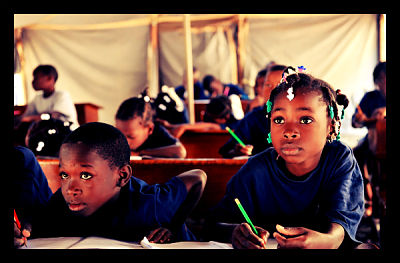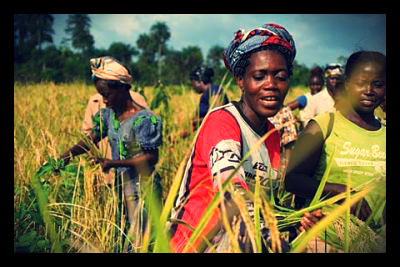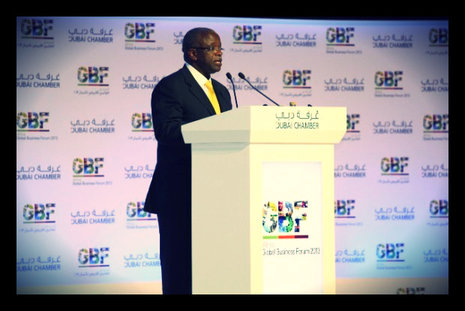
Haiti boasts a proud history. In 1804, Haiti officially declared its independence from France and became the first nation to be founded following a successful slave revolt. Haiti was Latin America’s and the Caribbean’s first independent nation.
Unfortunately, as of today, Haiti is the most impoverished nation in the Western Hemisphere. Haiti has a staggering unemployment rate of 40 percent. In a nation of close to 10 million people, an unemployment rate that high is almost unfathomable. Haitians struggled for employment and to create a stable economy even prior to 2010. However, the massive and deadly earthquake that struck Port-au-Prince in 2010 left residents with a crumbling infrastructure and a healthcare disaster.
How would one address these maladies? While it is most certainly important to rebuild Haiti both physically and economically, these tasks can only be completed if a massive educational overhaul is undertaken.
Educating a young population is the cornerstone to reviving an economy. Without a proper school system in place, young Haitians face the already depleted job market unskilled and unprepared, creating a cycle of unemployment and poverty. More must be done to stimulate education in Haiti.
According to USAID, 35 percent of young Haitians are illiterate. As a direct result, most Haitian children spend less than four years total in school. Those that do remain in school are most likely not meeting the necessary reading levels of their grades, as 49 percent of children at the third grade level are unable to read.
Even more sobering still is the fact that 50 percent of school-aged children do not have any access to education in Haiti. Haiti has the lowest enrollment rate in primary education throughout the Western Hemisphere. The vast majority of that enrollment is in private schools that require close to 40 percent of a family’s annual income, making basic education a financial hardship. This is due to an absolute dearth of funding by the Haitian government in public education.
An additional estimate by USAID states that close to 50 percent of educational facilities were destroyed or damaged by the 2010 earthquake as well, many not yet repaired or re-opened.
As stated by Benjamin Franklin, “An investment in knowledge pays the best interest.” If people hope to combat the myriad of problems facing the proud nation of Haiti, they must invest in education. In doing so, Haiti can create a generation of problem-solvers and skilled workers that can begin to rebuild the ailing nation.
– Taylor Diamond
Sources: Hope for Haiti, USAID, CNN
Photo: Wikipedia








